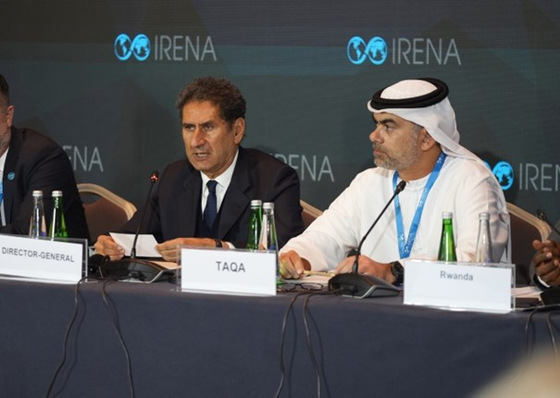This growth was the most substantial recorded in Italy in the post-FIT years. After the boom years for Italian solar, the year 2015 saw just 298 MW installed. However, last year there was a total of 56,590 new installations, of which 50,653 residential <10kW.
As for the C&I sector, some 1,702 systems ranging from 20 to 100kW were installed, with a further 314 pv systems in the range from 100 to 200 kW added, 189 in the range from 200 to 500 kW, 21 in the range from 500 kW to 1 MW, and 17 solar arrays were installed above 1 MW.
The considerable boost to this growth came in the last two months of the year, respectively November - with 126.6 MW of new capacity, and December – which was the busiest month with a huge 179.5 MW of PV added, thanks largely to the connection of several utility scale plants in Southern Italy, specifically of which 154 MW were installed in Puglia and 74 MW in Sardinia.
Among the northern regions that mainly drive the C&I rooftop sector there is Lombardy, which added 89.1MW, Veneto added 80.7MW and Emilia Romagna a further 57.4MW.
Secondary repowering market
There is no official data for the secondary repowering market as yet, but Q CELLS estimates a market value of approximately 120MW.
Before the Covid-19 emergency, Italy was on course to reach an estimated 1GW of new solar installation thanks to the new push of the utility scale plants favored by the continuous decrease in the total cost of pv systems, which is estimated at 80% over the past 10 years, and aided by technological improvements both on the product and on production systems.
Complexity of authorization processes slows down the development of PPAs
To date, however, authorized utility scale projects represent less than 1GW of capacity due in part to the complexity of the authorization processes, which is slowing down the development of PPAs in Italy compared to other European markets such as Spain and the UK, in the hope that they will be standardized in the future and regulated at European Community level.
On the C&I systems front, the Budget Law this year grants a tax credit to those who build a photovoltaic system to service their work - trade, industry, agriculture for example. This credit amounts to 6% over 5 years distributed in equal shares for each year.
Enhancing the eco-bonus to support domestic PV
The Italian government, however, is evaluating new measures to support the national economy. Among the many proposals for PV, especially domestic photovoltaics, is that of enhancing the eco-bonus by increasing the deduction from 50 to 100% of the expenses incurred for the energy requalification, which involves the installation of a solar system.
Revamping activities on existing plants to make them more efficient will also continue this year. When one considers that the average age of Italian photovoltaic plants is between 10-12 years, repowering interventions to increase the nominal power and annual production are sure to become more commonplace.
Expected growth of operating rental
In this delicate phase of the market, the offer of the operating rental should also grow, which includes contracts that include maintenance fees and parametric durations so that the amount of the rent is comparable to the value of the energy produced locally and self-consumed by the customer.

The challenges that await us in the coming months caused by the Covid-19 pandemic include downward forecasts for the demand for PV modules, the risk of oversupply with an excess capacity of modules in the market and, therefore, a consequent possible reduction in prices.
51 GW of installed PV by 2030
This year, as with every year in the solar industry, new heights are being reached for high efficiency monocrystalline modules that will allow an increase in efficiency and output power and energy produced, which will be especially appreciated in the rooftop market and an evolution in the development of bifacial cell modules with transparent backsheet and glass-glass combined with the monoaxial tracking systems that will characterize the utility scale market.
Did you miss that? Scale-up of solar and wind puts existing coal, gas at risk
The commitment by Q CELLS will be even more determined to support the revival of PV in Italy given the ambitious goal of the Italian government, which aims to have 51.1 GW of photovoltaic solar capacity installed by 2030, according to the National Plan for energy and climate, Nadai underlines. (AN/HCN)







